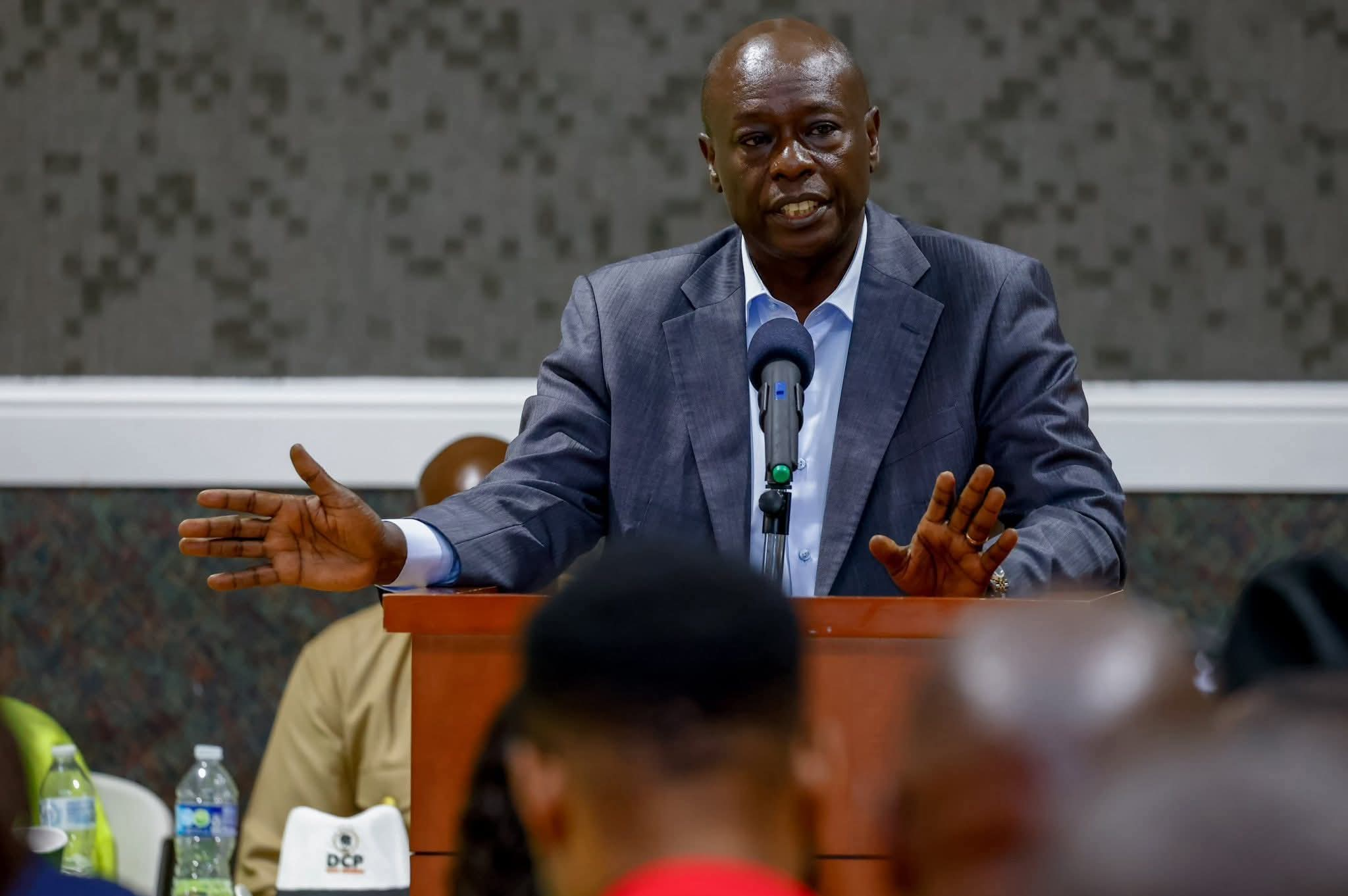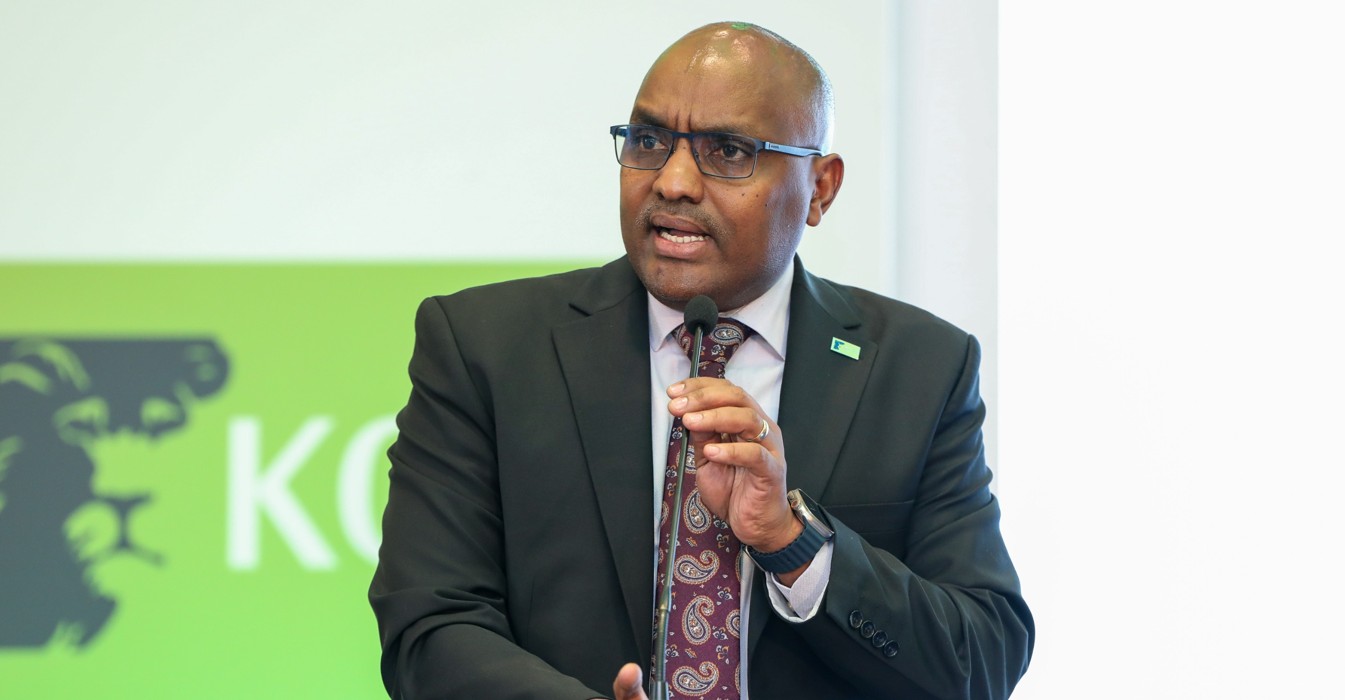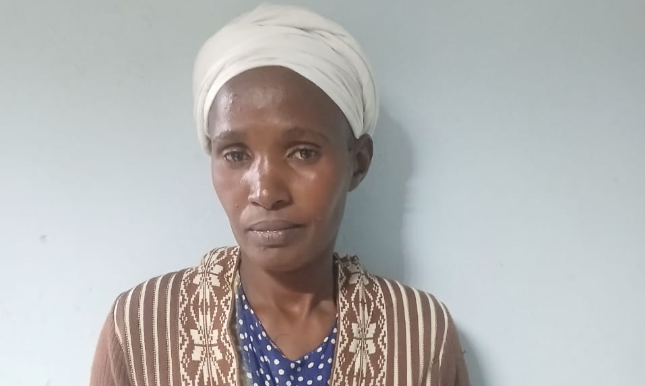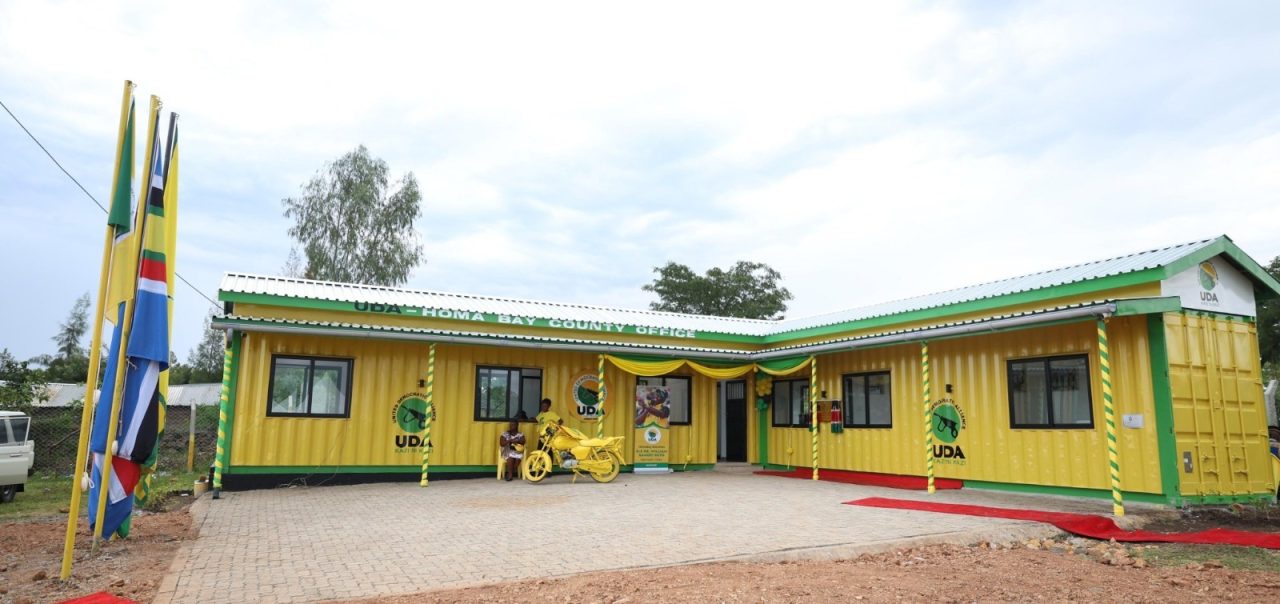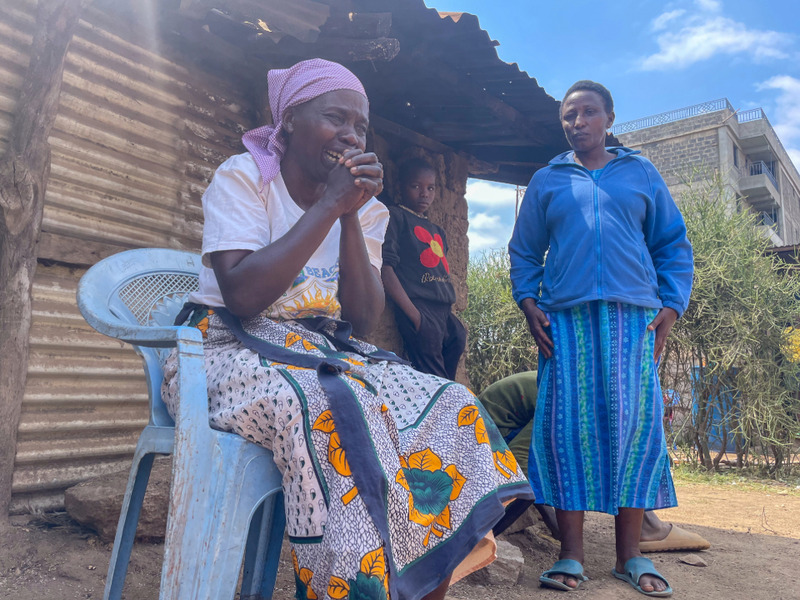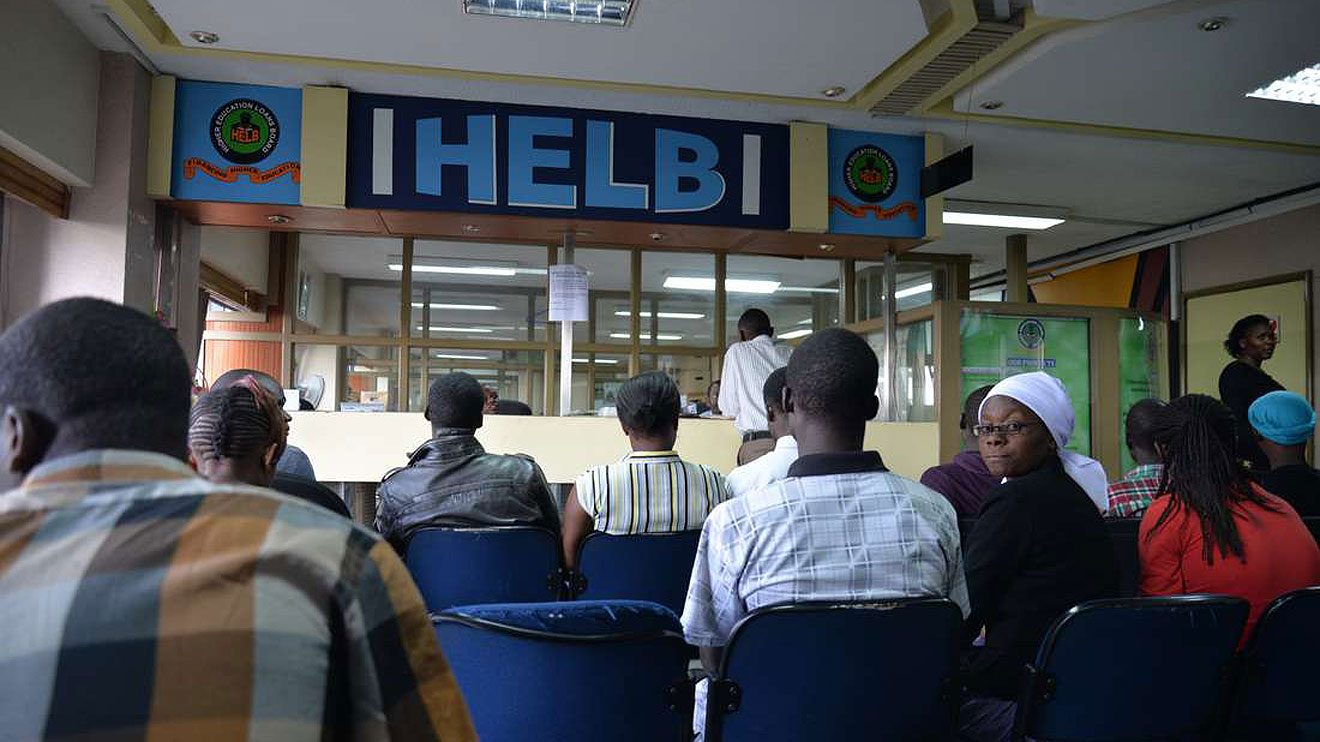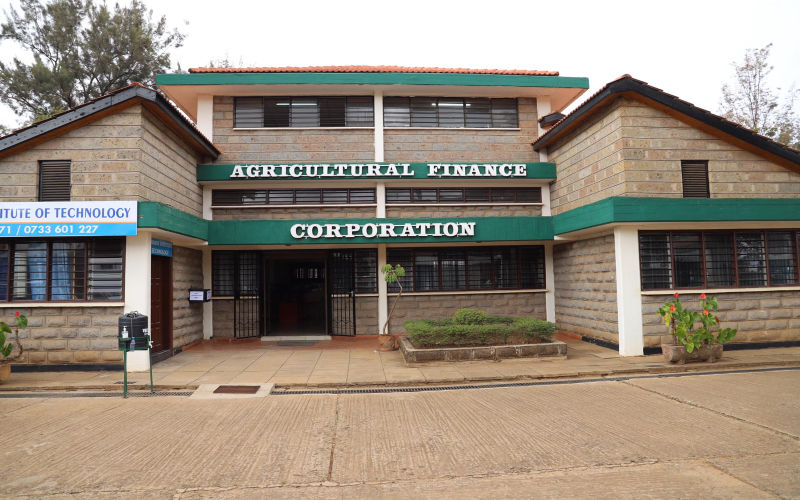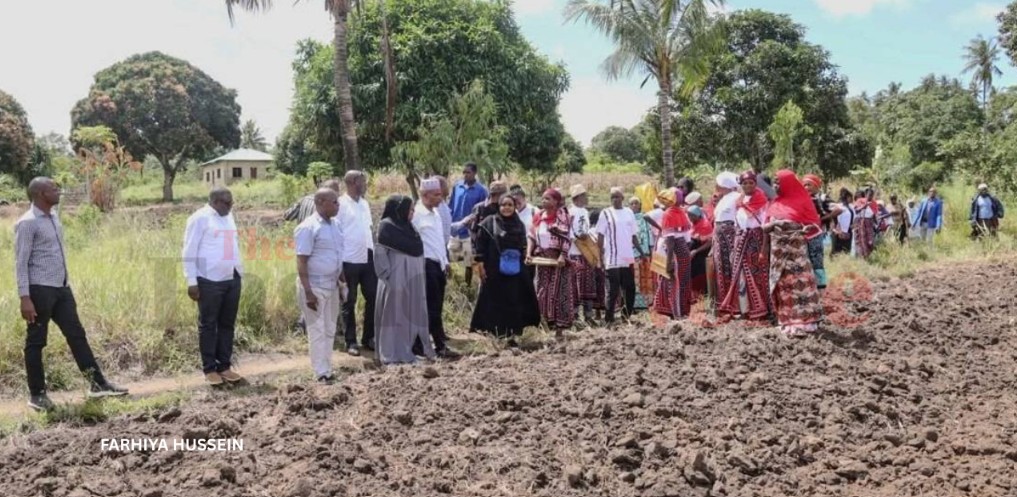New university funding model risks locking out needy students from universities
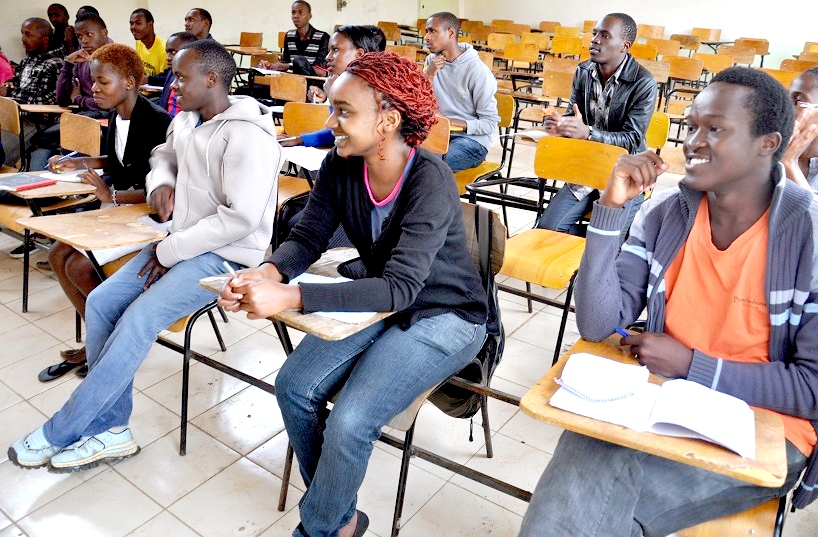
This systematic failure threatens to undermine the very goal the model was designed to achieve, placing the higher education sector in jeopardy.
In 2023, President William Ruto’s government unveiled a new higher education funding model, a move intended to revolutionise access to tertiary education by ensuring that financial aid is distributed equitably based on students’ needs.
At the centre of the model lies the Means Testing Instrument (MTI), a tool designed to assess the financial capacity of families and categorise students into different bands, each receiving varying levels of government support.
More To Read
- Universities Fund faces Sh9.6 billion deficit as pending bills soar to Sh72.2 billion
- Kenya's public universities 'staring at collapse' without urgent reforms, PS warns
- HELB receives over 4,600 appeals from university students
- University student enrollment in Kenya doubles, surpassing 600,000 mark in 2024
- Government to open HELB portal for first and second-year students to appeal for financial aid amid court battle
- Revised education funding model set for September rollout, says CS Ogamba
However, just a year after its implementation, the model is already facing severe criticism from various education stakeholders and Kenyans at large.
Missteps in the MTI’s application have led to widespread miscategorisation, leaving thousands of students who should be receiving the most aid struggling to afford their education.
This systematic failure threatens to undermine the very goal the model was designed to achieve, placing the higher education sector in jeopardy.
The MTI, which has been used by the Higher Education Loans Board (HELB) for over 25 years, was tasked with evaluating the financial needs of university students who sat KCSE in 2022 and 2023, based on a set of 10 parameters.
The parameters include parental background, gender, course type, previous school type, expenditure on education, family size and composition, marginalisation, disability status, chronic illness, and parental income.
By categorising students into five financial bands based on their household income, the government aimed to ensure that those from the most disadvantaged backgrounds would receive the most support.
Students in Band 1, from households earning less than Sh5,995 per month, receive the highest government funding covering 95 per cent of their tuition through scholarships and loans. Students get an additional Sh60,000 upkeep allowance, with families contributing only five per cent.
For example, a Band 1 student pursuing a medicine course costing Sh612,000 would get a 70 per cent scholarship (Sh428,400) and a 25 per cent loan (Sh153,000), leaving the family to pay Sh30,600.
The second band covers students from households earning between Sh5,995 to Sh23,670 per month who receive up to 90 per cent of tuition funding with families contributing the remaining 10 per cent.
Band 3 comprises households with incomes between Sh23,671 and Sh70,000 per month. The government covers 80 per cent of tuition for a student in this category, with families paying 20 per cent. Students also get a Sh50,000 upkeep allowance.
In band 4 are households earning between Sh70,001 to Sh119,999 per month, with the government covering 70 per cent of tuition, with the student getting a Sh45,000 upkeep allowance.
The fifth band categorises those earning above Sh120,000 per month and covers 60 per cent of tuition requirements.
In theory, the funding model seeks to ensure that no student is left behind due to financial constraints. But in practice, the system’s flaws have become glaringly apparent.
Most students who cannot afford the high costs of university education were placed in bands four and five, leaving them with the daunting prospect of either dropping out or accumulating insurmountable debts.
Data from the Ministry of Education reveals that out of 113,105 funding applications processed, only 10,528 students were classified in Band 1, which receives the highest government support. Meanwhile, 11,393 students were placed in Band 2 while Band 3 has 20,089 students. But over half of the students — 37,764 — were placed in Band 4, and 26,137 were assigned to Band 5.
During a Kamukunji meeting in Parliament, Kilifi MP Owen Baya expressed concern that many students in his region have been placed in lower funding bands despite being from a marginalised area.
“Despite being part of the equalisation programme and receiving more resources based on poverty indices, almost 80 per cent of students from Kilifi have been placed in bands four and five. These bands receive the least amount of government support,” he said.
“How are poor students in this country identified as needy, and how do you expect them to attend university? I urge a revision of the funding criteria to better reflect household income and ensure these students receive the support they need.”
Githunguri MP Gathoni Wamuchomba said all students should be treated equally in the eyes of the law.
But while defending itself, the Ministry of Education explained that many students were categorised into bands four and five because the MTI relies on the information they provided.
Higher Education PS Beatrice Inyangala said data from the Kenya National Examinations Council showed that 84.8 per cent of students who scored C+ and above had studied in national schools.
According to Inyangala, these students, who paid a minimum of Sh53,000 in secondary school fees, were presumed to be able to afford university fees.
She also criticised students for not providing information on whether they had received financial support through harambees, guardians, or bursaries.
“When we use the secondary school a student attended as an indicator, and a student is shown to have attended a national school without demonstrating support through harambees, guardians, or bursaries, it becomes challenging not to use that information for categorisation,” she said.
But the MPs did not buy this explanation.
“The issue of the school someone attended being used to gauge their poverty levels is very misleading,” said Suba North MP Millie Odhiambo.
Following the outcry, the MPs ordered the ministry to direct universities to admit all students regardless of their ability to pay household contributions as it sorts out the banding inaccuracies.
While complying with the directive, Education Cabinet Secretary Julius Ogamba urged vice-chancellors of all public universities not to turn any student back for non-payment of fees.
The deadline for application of funding was also extended to December 31 to accommodate those who may face delays.
But despite all these efforts, the bigger question remains: is the MTI system effective in measuring poverty, particularly in education?
The legislators have proposed the consolidation of all multiple education funds managed by MPs, members of county assemblies, woman representatives, the University Fund (UF), the Higher Education Loans Board, and the
Ministry of Education into a single fund to streamline the financing of education in Kenya.
The Education Ministry has been urged to develop a unified policy to consolidate the funds which can in turn make university education free in Kenya.
Top Stories Today
